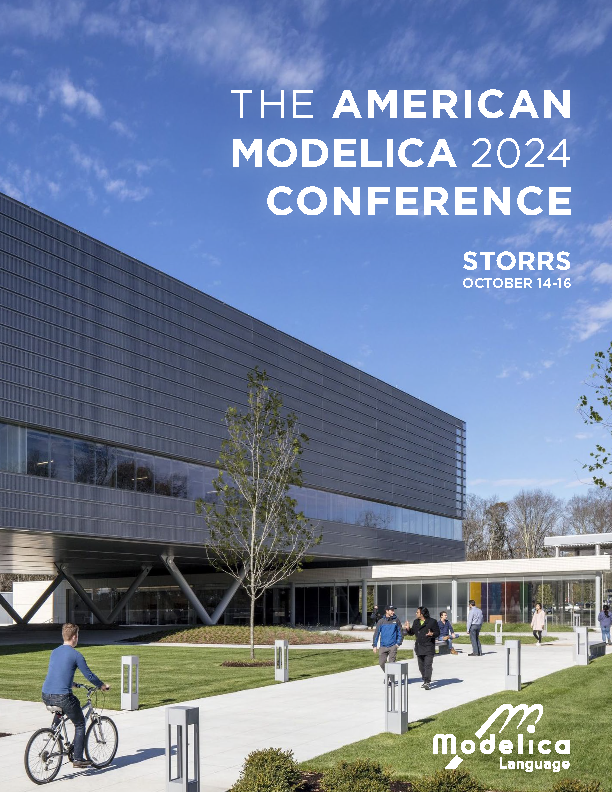Modelica Supported Automated Design
DOI:
https://doi.org/10.3384/ecp20743Keywords:
component-based, design, optimization, nonlinear programmingAbstract
We propose a component-based, automated, bottom-up method to system design, using models expressed in the Modelica language. This bottom-up approach is based on a meta-topology that is iteratively refined via optimization. Each topology link is described by a universal component that is defined in terms of atomic components (e.g., resistors, capacitors for the electrical domain) or more complex canonical components with a well-defined function (e.g., operational amplifier-based inverters). The activation of such links is done via discrete switches. To address the combinatorial explosion in the resulting mixed-integer optimization problems, we convert the discrete switches into continuous switches that are physically realizable and formulate a parameter optimization problem that learns the component and switch parameters. We encourage topology sparsity through an L1 regularization term applied to the continuous switch parameters. We improve the time complexity of the optimization problem by reconstructing intermediate design models when components become redundant and by simplifying topologies through collapsing components and removing disconnected ones. To demonstrate the efficacy of our approach, we apply it to the design of various electrical circuits.
Downloads
Published
Issue
Section
License
Copyright (c) 2024 Ion Matei, Maksym Zhenirovskyy, John Maxwell, Saman Mostafavi

This work is licensed under a Creative Commons Attribution 4.0 International License.

